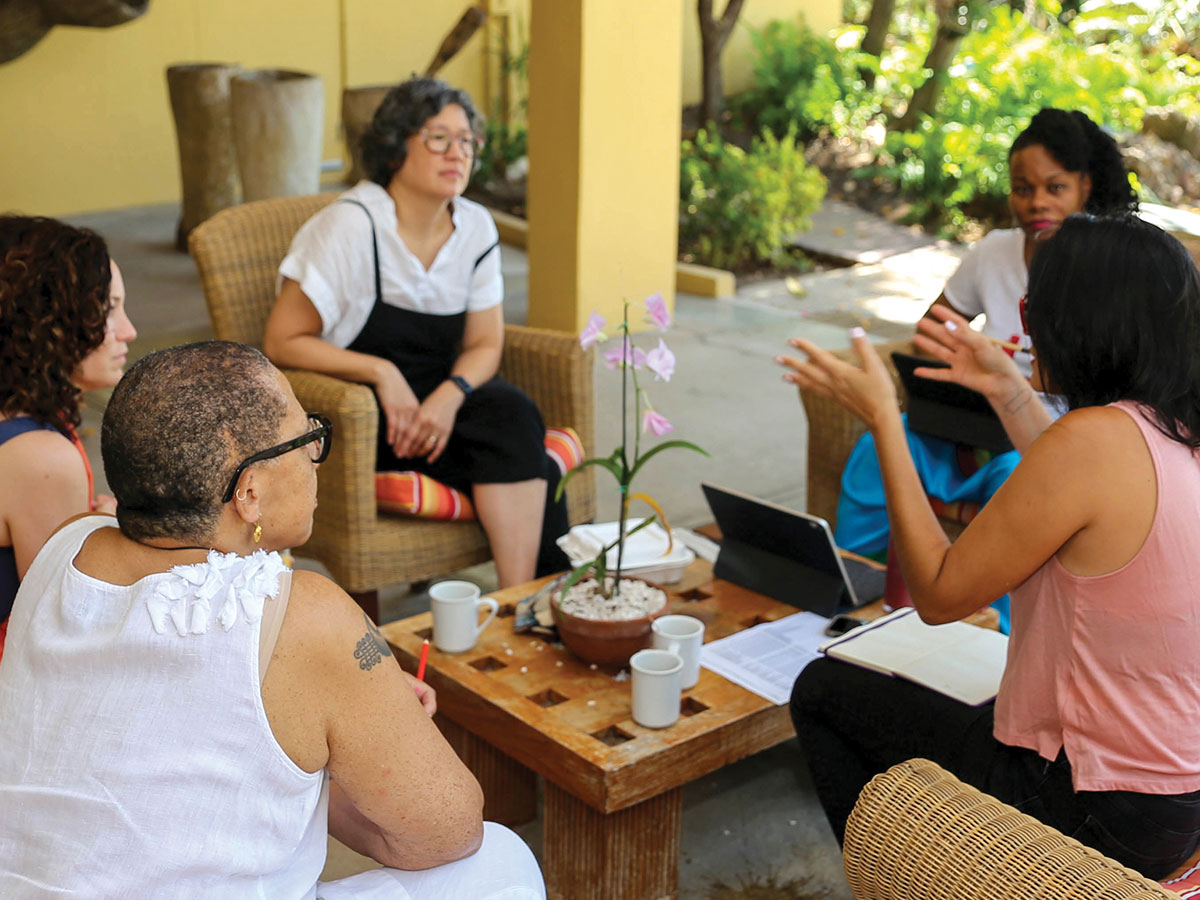Rethinking Indirect Cost Rates to Support Nonprofit Financial Health

If our goal is to adequately support our grantee partners so that they are best enabled to do remarkable work, then we need to support their behind-the-scenes operational work as well. These are what are known as indirect costs and includes things like rent, information technology, human resources, office supplies, and everything else that keeps a nonprofit going. When these costs are covered, it enables grantees to do their best work, unfettered by these additional financial pressures.
The Packard Foundation has helped to cover our grantees’ indirect costs for the last six years by asking grantees to disclose what they need. Now we are transitioning to a set minimum indirect cost rate (based on direct program costs) for project grants to nonprofits based on the organization’s annual budget size.
Why does organization size matter?
Smaller organizations often have higher indirect costs, less access to unrestricted funding, and little financial reserves, according to research by Bridgespan and Echoing Green. Low, fixed indirect cost rates on project grants disproportionately burden Black, Indigenous, and people-of-color-led or -serving organizations and those located in smaller cities and rural areas. Inversely, larger organizations often have lower indirect costs rates and access to more unrestricted funding.
Why a minimum rate?
A set minimum rate eliminates two issues that arise when asking grantees to tell us what their indirect costs are for each grant:
- Research shows that nonprofits often downplay their indirect costs because they have been led to believe—or they fear funders believe—the myth that low indirect cost rates are an indicator of a more efficient organization.
- Listing costs per grant is extra work for both the organizations applying for a grant and for foundation staff reviewing the grant proposal.
What are the tiered rates?
Using data from our portfolio of grantees and help from nonprofit financial expert BDO, we settled on a tiered indirect cost rate based on grantee organization annual budget size:
- A 25 percent minimum indirect cost rate for grantees with budgets under $5 million
- A 20 percent minimum indirect cost rate for grantees with budgets between $5 million and $50 million
- A 15 percent minimum indirect cost rate for those with budgets over $50 million
Beyond the policy
We have also learned that covering the full costs of project grants is not enough to ensure grantee financial health. Being flexible and responsive to the needs of our grantee partners is imperative to building their financial resiliency, which is why we have introduced the following measures in addition to this indirect cost policy:
- Project grants can now be combined with unrestricted funding, allowing organizations to respond to new opportunities and boost their reserves.
- We have embedded additional flexibility to allow limited increases in the amount of existing grants, so we can quickly respond when grantees face unexpected expenses such as those caused by inflation or currency fluctuations.
- Our financial due diligence process has been revised to give us more insight into grantees’ financial situations to ensure we structure funding and other support equitably and effectively.
Learn more about how Packard is centering equity in its indirect cost rate practices in this article by Grants Data and Operations Director Jennifer Adams.



